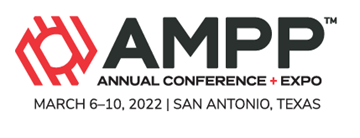Search
Products tagged with 'corrosion morphology'
View as
Sort by
Display
per page
51316-7117-Biocide Injection to Eliminate the Risk of Bacterial Growth and Corrosion Failure in Non Internal Coated Pressure Safety Valve from an Eocene Sub Centre at Partitioned Zone (Kingdom of Saudi Arabia and Kuwait). – A Case Study
Product Number:
51316-7117-SG
ISBN:
7117 2016 CP
Publication Date:
2016
$20.00
A Case Study On Microbiologically Influenced Corrosion In Oil Producing Well Flowlines
Product Number:
51322-17924-SG
Publication Date:
2022
$20.00
Utilizing Corrosion Damage Morphology As An Indicator Of Microbiologically Influenced Corrosion (MIC) In Oilfield Waters
Product Number:
51322-17687-SG
Publication Date:
2022
$20.00



